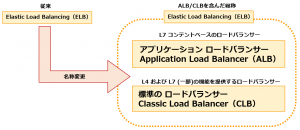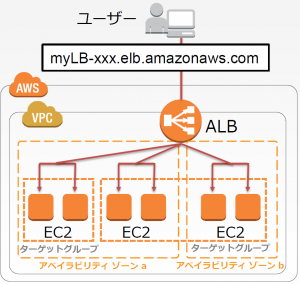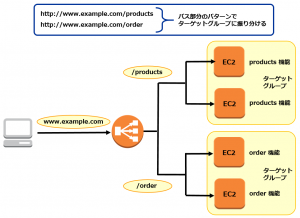About the features of AWS's new load balancer "ALB"

table of contents
This is Ohara from the technical sales department.
This time I will write about AWS's new load balancer "ALB".
ALB overview
Amazon Web Services (AWS)'s new load balancing service
"Application Load Balancer (ALB)" is a load balancing service equivalent to an L7 switch, and its
representative function is content-based routing according to the contents of the packet. Masu.
By the way, with the launch of ALB,
the service name of the conventional load balancing service "ELB"
has been changed to "Classic Load Balancer (CLB)", and
from now on the service name "ELB" will be changed to "ALB" and "CLB". ” is a general term for the two services.
Features of ALB
- Layer 7 content-based routing to target groups
- Support for container-based applications
- WebSocket and HTTP/2 support
- Achieve high levels of fault tolerance across multiple availability zones
- ALB itself automatically increases or decreases capacity
Reference: https://aws.amazon.com/jp/elasticloadbalancing/applicationloadbalancer/
ALB pricing system
- ALB startup time
- Load Balancer Capacity Units (LCU) usage
Reference: https://aws.amazon.com/jp/elasticloadbalancing/applicationloadbalancer/pricing/
Content-based routing
By using ALB, it is possible to install and provide multiple functions (services) under one ALB.
Patterns suitable for using ALB
If your environment meets any of the following conditions, ALB may be a worthwhile choice.
- Building web applications in a service-oriented manner
- Using WebSockets in a web application
- The web application supports HTTPS
- The web server supports HTTP/2
- Building an environment with containers
However, in the following cases, you may need to consider choosing CLB.
- It is necessary to load balance TCP communication other than HTTP and HTTPS.
- The website does not support HTTP/2, and the number of new connections and active connections is extremely high compared to the amount of data transferred per page.
summary
Although ALB has useful new features compared to the conventional CLB,
I don't think there is a big difference in usability, so it seems worth giving it a try.

 0
0










